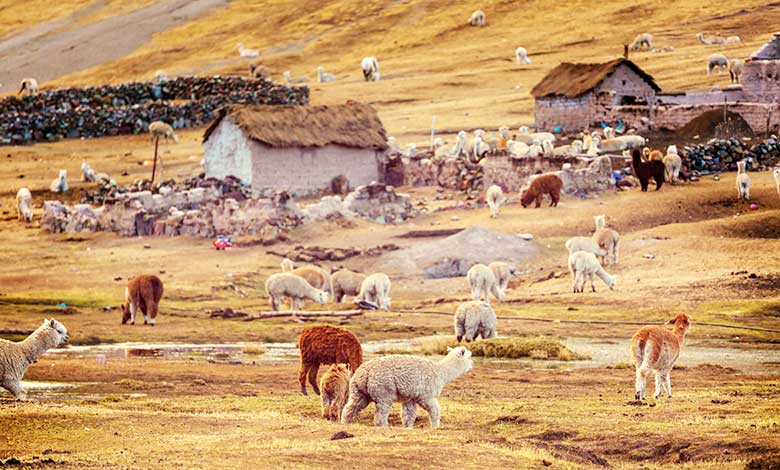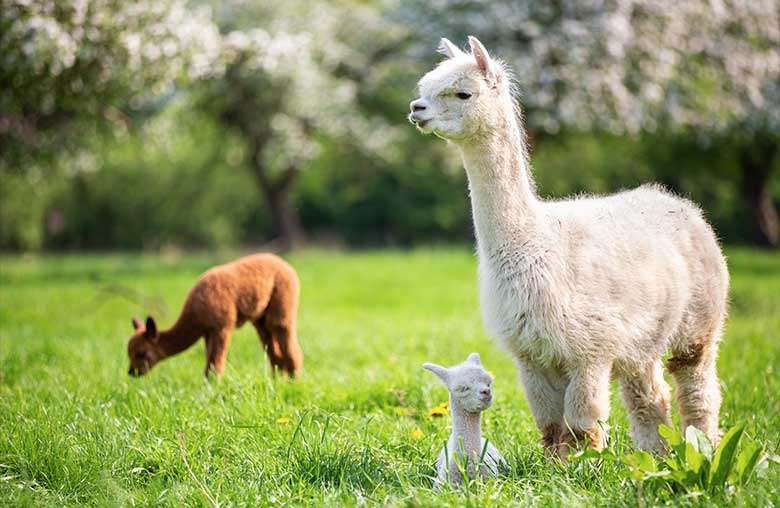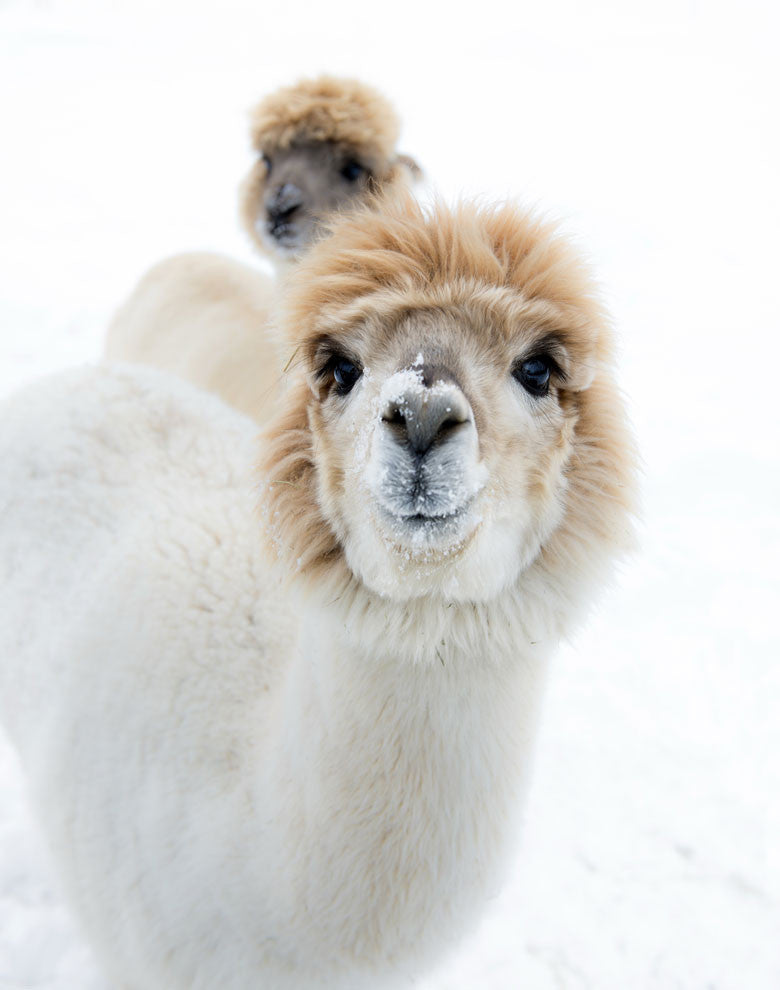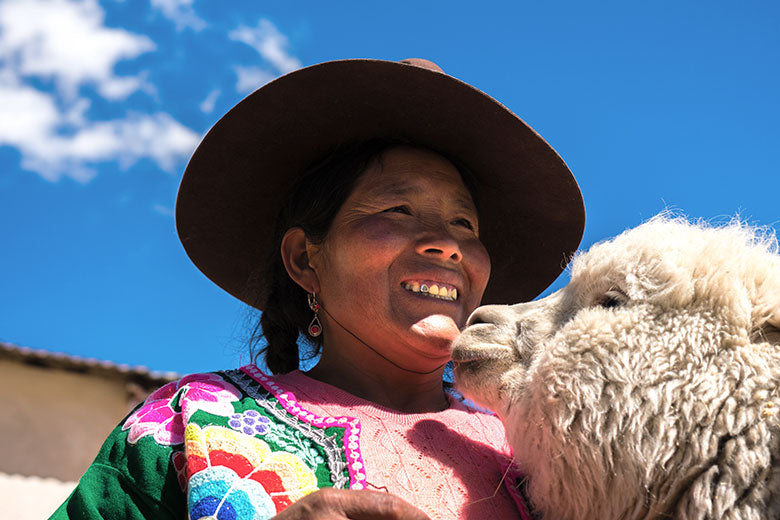One of the easiest ways to reduce our carbon footprint is to choose eco-friendly materials in our everyday life. When considering wool or cashmere, don't forget alpaca fiber! Shorn once a year from the world's oldest domestic livestock, this warm, lightweight, and luxurious fiber from South America is not only gentler on our environment, but also safer for you.

MINIMAL IMPACT ON HABITAT
First domesticated in the Andes Mountains in Peru, alpacas can live in areas at 10,000 to 14,000 feet above sea level, lessening local competition for agricultural land. Their padded feet allow them to leave soil and grass undamaged while browsing around. When feeding, alpacas cut the grass with their unusual front incisor teeth rather than yanking out plants by their roots. They also require less food than that of sheep. What's more? Alpaca dung is a perfect fertilizer for fruits and vegetables.

SAFE AND SOFT ON YOU
Alpaca fiber is known to be extremely warm, thanks to the tiny hollow pockets within each individual fiber insulating heat. Knitted and woven alpaca fiber drives moisture away from the body as does cotton, and therefore provides a higher level of comfort than that of wool. More importantly, alpaca fiber does not contain the allergen oil lanolin. Unlike many other natural fibers that need to be washed with harsh chemicals to get rid of lanolin, the processing of alpaca fiber is much friendlier to the environment. It is naturally hypoallergenic and safe to wear by anyone.

SUPPORTING SMALL FAMILY FARMS
Today, 80% of alpacas live in Peru, with most of the rest in Ecuador, Chili, and Bolivia, raised and cared for by thousands of small family farms. Our alpaca purchases not only support these herdsmen families, but also allow them to continue a thousand-year-old tradition that can be traced back to the ancient Incas.


